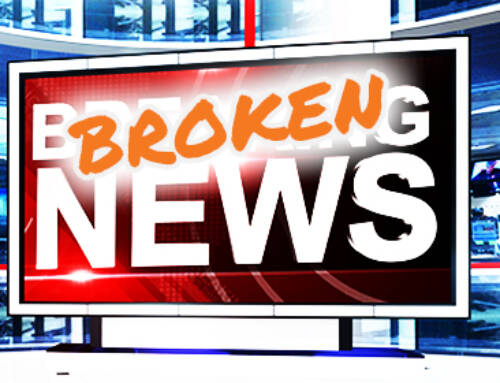A client of ours, as we were reflecting on the Brand Bounce Bootcamp we had just facilitated, brought this up to our team. Her feedback ended up being very valuable as we continue to refine our approach to coaching clients. “You did a great job of setting my expectations for our day’s work. You set the tone at the beginning of the day and told me what outcomes we were working toward, and you let me know what was coming and what to expect before we started every exercise. It made me so comfortable during the process!”
Hearing this made me stop and reflect.
Setting expectations and providing a map may be one of the most valuable things we can do to serve our clients and teams.
The same concept came up again last week. I heard from two different friends who were bringing their kids to Bethel University for the first time as freshmen. The arrival of moving day comes with a myriad of emotions from excitement to anxiety. What Bethel does well, based on the stories my friends shared, was to set the expectations for both new students and their parents. Each step along the way, from driving onto campus to unloading vehicles and moving in, the next step and what was coming was clearly communicated with an abundance of excitement. Everyone knew what to expect at each turn, putting them at ease throughout a process that had the potential to create much uncertainty and stress. Bethel, by being intentional to set clear expectations, created raving fans.
An excellent way to think about this is in terms of a taking a trip. Ask yourself these questions: Do we all understand where we’re going? Do we have a map or GPS to guide us in getting there? How long will we be traveling for? Where will we be stopping along the way? Who’s driving? Where are the washed out bridges, and what are the detours?
What does this look like in our businesses?
I shared in the beginning that it allows clients to feel comfortable as you walk them through a process that is unfamiliar. As you step into a large project with many touchpoints, key milestones, and multiple stakeholders, stopping to set expectations
I shared in the beginning that it allows clients to feel comfortable as you walk them through a process that is unfamiliar. As you step into a large project with many touchpoints, key milestones, and multiple stakeholders, stopping to set expectations
I shared in the beginning that it allows clients to feel comfortable as you walk them through a process that is unfamiliar. As you step into a large project with many touchpoints, key milestones, and multiple stakeholders, stopping to set expectations in the beginning is a critical first step. When either a client or your team has invested time and resources together moving toward a shared outcome, the only way to get everyone working on the same page is to define the journey you’re embarking on in the very beginning. Then, throughout the project, continued check-ins, measurement, and communication of timelines and responsibilities is key to building trust and momentum.
A recent HBR article, The Right Way to End a Meeting, speaks to this on a micro level. As you wrap up a meeting, making sure everyone walks away knowing the action items and who is executing each piece is critical to setting expectations. Having a clear understanding of timelines, next steps, and who owns which responsibilities is the only way to eliminate surprises and issues before they arise.
Every time I write a new blog, I have to admit I have an ulterior motive. Writing this is an intentional reminder to myself not to let this slip, and when we’re busy, that can be easy to do. In our business, whether we’re embarking on a large-scale website project or guiding a client through a Bootcamp to develop their messaging, setting clear expectations in the very beginning and throughout our work is one of the most valuable things I can do for our customers. It’s something I need to work on continually and never lose sight of, and neither should you.
The Takeaway
Put yourself in your customer’s shoes, or in your team’s shoes. Look for opportunities to set clear expectations, eliminate surprises, and give those around you maps they can follow to success.






